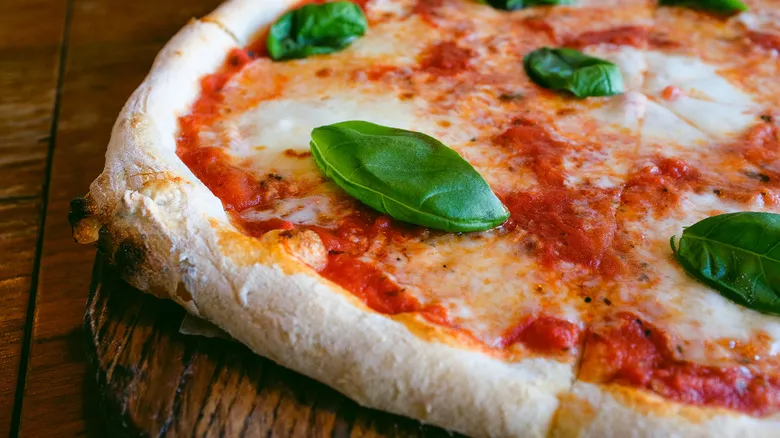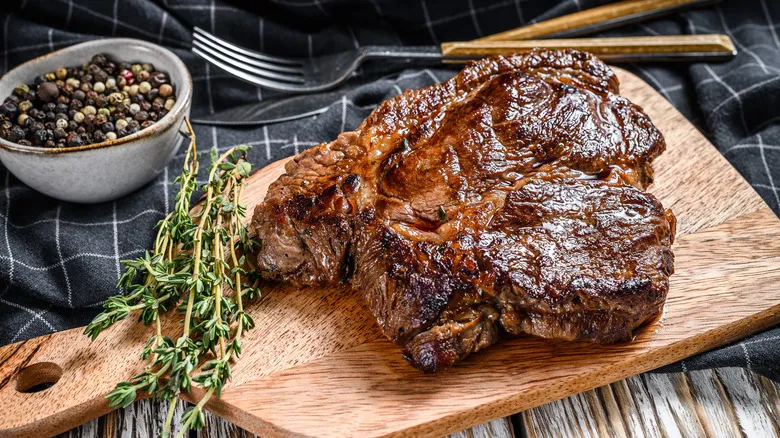Getting your pizza dough ready
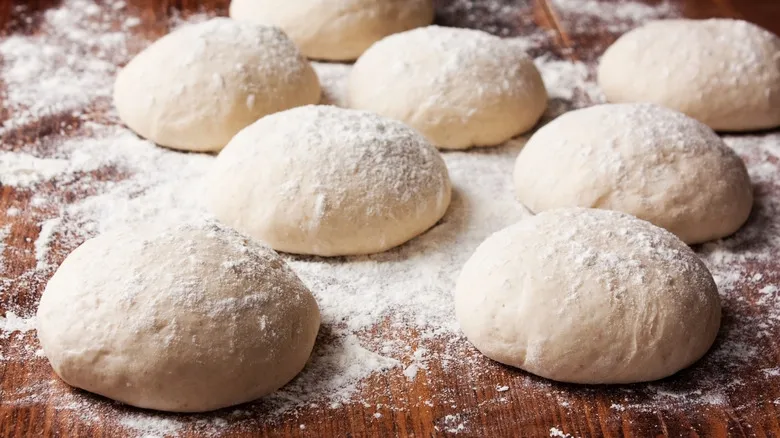
Creating excellent pizza bases involves a careful balancing act. The ratio of wet to dry ingredients must be just right to avoid a dough that is either too sticky or too dry. The kneading process and gluten development also need to be balanced to ensure the dough is stretchy without being overly chewy. Once you have mastered these fundamentals, Nicole Bean offers an additional tip for your dough: "You can either drizzle olive oil on top or mix a small amount into the dough." Just be sure to use it sparingly.
If you choose to incorporate olive oil into the dough, be cautious not to overdo it, as too much can result in a soggy texture and an unpleasant greasy sensation. Applying a light coat of olive oil on the pizza base before adding toppings serves two purposes. First, it helps the crust achieve a crispy texture, similar to how oil works in a frying pan. Second, it creates a barrier that prevents moisture from the sauce and toppings from soaking into the dough, keeping the base from becoming soggy.
Getting your oven ready for your pizza
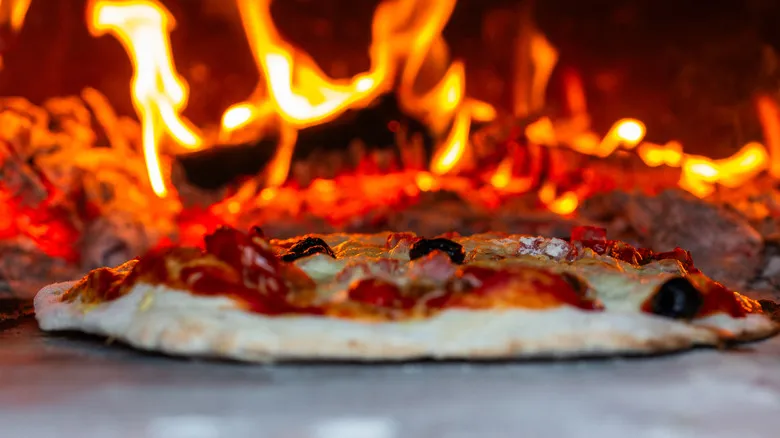
When it comes to baking your pizza in the oven, Nicole Bean emphasizes the importance of understanding the type of pizza you're preparing. It may also require some experimentation to determine what works best for your specific oven. "Another factor is your cooking method," Bean explains. "This could involve lowering the oven temperature and extending the baking time, or raising the temperature and reducing the cooking duration."
If you're making a thick crust pizza, you might prefer a chewy center or a uniformly crispy texture. To achieve this, it's best to cook your pizza at a lower temperature for a longer period. In a high-temperature oven, the exterior will crisp up and may even burn before the dough in the center has a chance to become properly crispy. On the other hand, if you're aiming for a chewier center or a very thin, crunchy base for your homemade pizza, you'll want to increase the heat and bake the pizza for a shorter time.
Equipment to help get a crispy pizza crust

Pizza ovens found in professional pizzerias reach incredibly high temperatures, often soaring between 700 and 800 degrees Fahrenheit. This intense heat allows them to cook multiple pizzas in succession without significant drops in temperature, and it also helps achieve a perfectly crispy thin crust in no time. While your home oven may not safely reach such extreme temperatures, there are effective alternatives.
Nicola Bean emphasizes that "Pizza stones or steels are invaluable for home cooking." Preheating your pizza stone in the oven can take anywhere from 30 to 60 minutes, depending on your specific oven and equipment. Once the stone or steel is adequately heated, you can place your pizza on it, and the retained heat will facilitate a more efficient and crispy cooking process, closely resembling the thin crust pizzas from restaurants. Lastly, Bean advises ensuring that your pizza is positioned near the heating element, but not so close that it risks burning.
Recommended

The 6-Strand Braiding Technique Produces The Most Defined Challah Bread
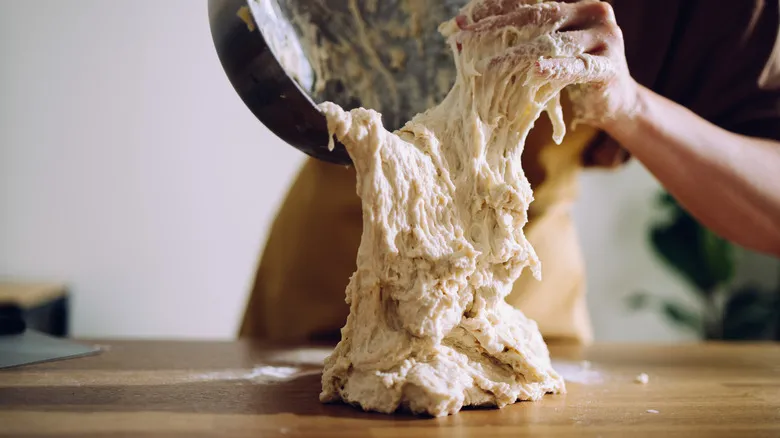
The Step You Need To Take When Your Bread Dough Becomes A Sticky Mess
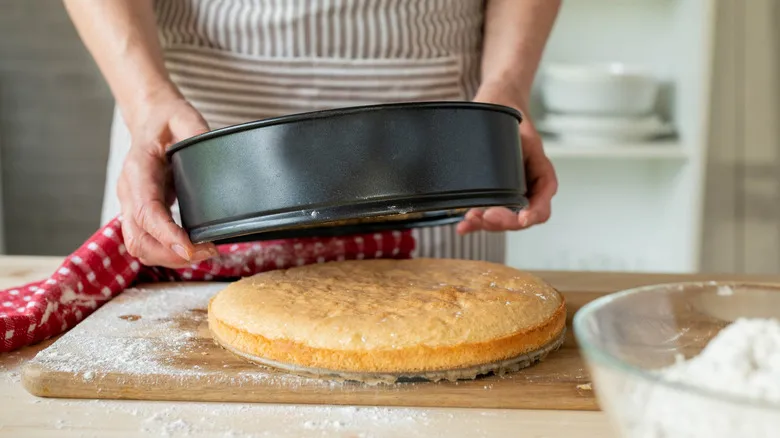
The Baking Product That's Your Secret Weapon To Stress-Free Cakes

Give Your Stovetop A Break And Bake Your Grits Instead
Next up

